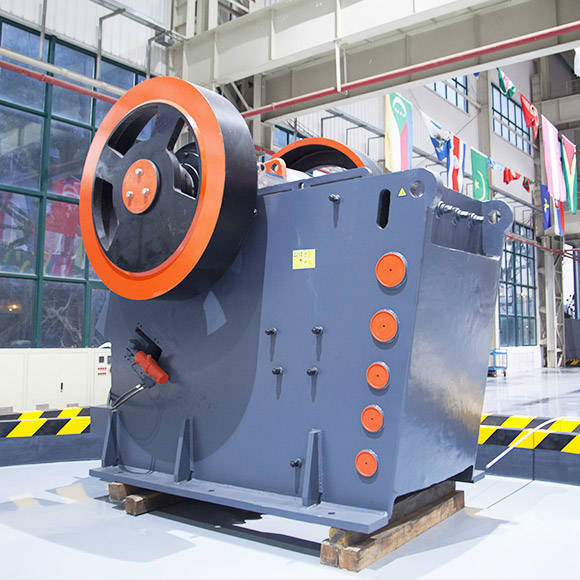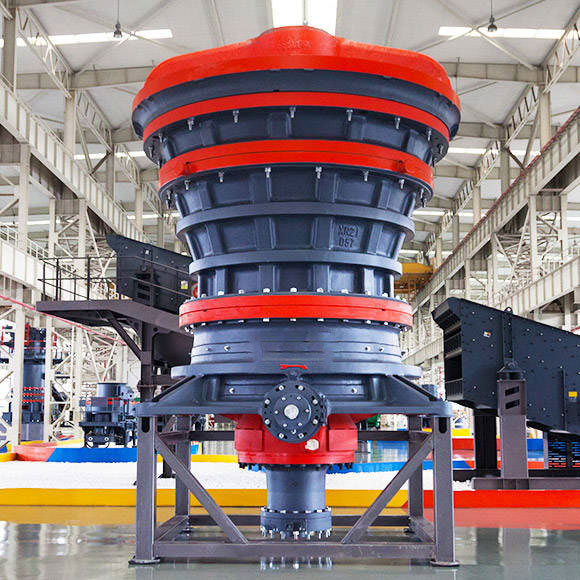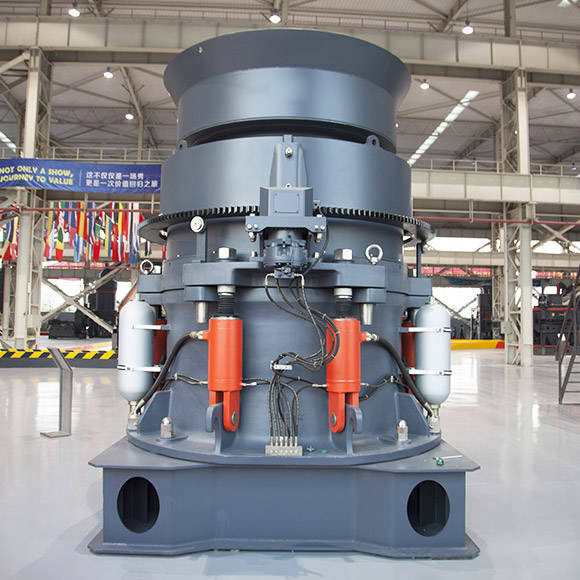Crushers are machines used to reduce the size of large rocks, stones, or ore into smaller pieces for further processing or use. The primary crusher is the first stage of the crushing process, and it plays a crucial role in the size reduction process. The choice of the type of primary crusher depends on several factors, including the type of material to be crushed, the desired output size, and the processing capacity.
There are several types of crushers used for primary crushing, and each type has its own advantages and disadvantages. In this article, we will discuss the most common types of primary crushers used in the mining and quarrying industry.

- Jaw Crushers
Jaw crushers are one of the most common types of primary crushers used in mining and quarrying. They are designed to crush the toughest materials, such as granite, basalt, and hard rock ores. Jaw crushers consist of a fixed jaw plate and a moving jaw plate. The moving jaw plate moves back and forth towards the fixed jaw plate, crushing the material in the process. The size of the crushed material is determined by the gap between the two plates.
Advantages:
- High reduction ratio
- Simple design
- Easy to maintain
- Suitable for a wide range of materials
Disadvantages:
- Not suitable for all types of materials
- High energy consumption
- Requires regular maintenance

- Gyratory Crushers
Gyratory crushers are another common type of primary crusher used in mining and quarrying. They are similar in operation to jaw crushers, but instead of a moving jaw plate, a gyratory cone is used. The cone rotates within a fixed outer shell, crushing the material between the cone and the outer shell. Gyratory crushers are typically used for larger capacity applications.
Advantages:
- High capacity
- Efficient crushing
- Low operating costs
Disadvantages:
- Complex design
- Higher maintenance costs
- Not suitable for all types of materials

- Impact Crushers
Impact crushers are used for primary crushing of soft to medium-hard materials such as limestone, phosphate, gypsum, and coal. The crushing process involves the use of impact rather than pressure to crush the material. The material is fed into a chamber containing a high-speed rotor with blow bars that strike the material and cause it to break apart.
Advantages:
- High reduction ratio
- Suitable for a wide range of materials
- Low capital and operating costs
Disadvantages:
- Not suitable for hard or abrasive materials
- High wear and tear
- Dust generation

- Cone Crushers
Cone crushers are similar to gyratory crushers, but they have a shorter cone and are designed to crush softer materials. They are commonly used in secondary and tertiary crushing applications. Cone crushers work by squeezing the material between an eccentrically rotating mantle and a concave bowl.
Advantages:
- High reduction ratio
- Efficient crushing
- Low operating costs
Disadvantages:
- Not suitable for hard or abrasive materials
- Complex design
- Higher maintenance costs
Conclusion:
The choice of the type of primary crusher depends on several factors, including the type of material to be crushed, the desired output size, and the processing capacity. Jaw crushers, gyratory crushers, impact crushers, and cone crushers are the most common types of crushers used for primary crushing. Each type has its own advantages and disadvantages, and the appropriate type should be selected based on the specific application.
